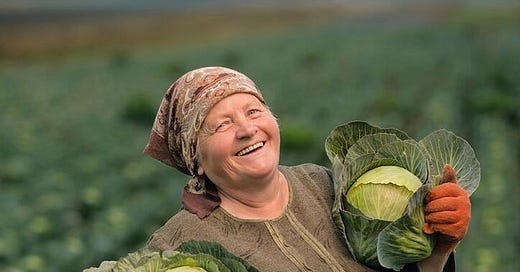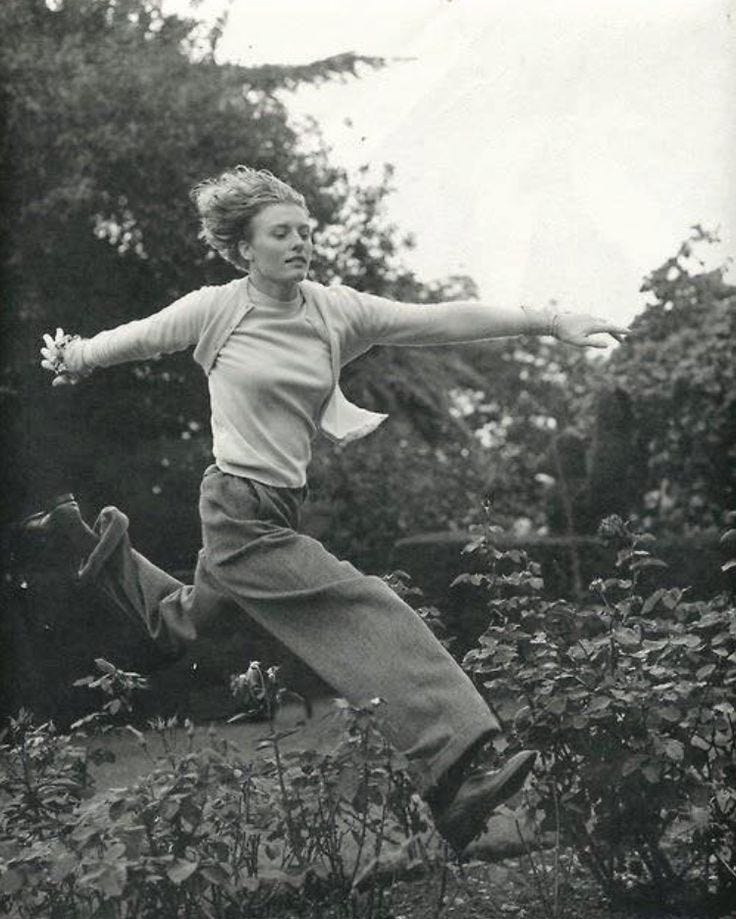The Best Experts Are Learners
How to Work Effectively with Subject Matter Experts: A Guide for Association Leaders
Summary
Association professionals are translators. We typically serve an industry (manufacturing, restaurants, banking), a profession (pharmacists, educators, physicians), or a problem (climate change, education for the public good). It is in our vested interest to translate these professional domains to programming, service, and community.
What unites us is our close work with people steeped in a professional niche. The most successful associations employ staff who are full partners with volunteers and members. This entails relationship building, mutual respect, and collaborative work in service of a shared vision.
Don’t forget: association leaders are SMEs as well. We have the unique experience of running complex membership organizations, managing volunteers, building great programs, and ensuring our communities flourish. We succeed when we are colleagues with those we serve.
I lead the product community, a product development learning community designed specifically for associations. Let’s compare ideas and build something great.
What is a Subject Matter Expert?
“Don’t aim to have others like you; aim to have them respect you.”
Kevin Kelly
Subject matter experts (SMEs) possess deep, specialized knowledge and extensive experience within a particular field, discipline, or industry. They are practitioners, researchers, thought leaders, and seasoned professionals who have dedicated years to mastering their craft. They understand nuances, trends, patterns, and challenges. SMEs are often our most valuable members – they serve on boards, lead committees, speak at conferences, contribute to publications, and help shape industry practices.
The best experts are learners. That is, they understand their role in the association and are willing collaborators. The worst type of expert? They tend to be self-important, know-it-all, hungry to control, and overly interested in the mechanics of day-to-day operations.
Regardless of their disposition, we need to work with SMEs as credible partners rather than administrative support. When we communicate at the same level, we build trust, earn respect, and create the foundation for meaningful collaboration.
SMEs are more likely to volunteer when they feel understood and valued by staff. They become more engaged when they trust that staff can help translate their thinking into actionable programs. The quality of our educational content, advocacy efforts, and member services all improve when staff can work as true collaborators with experts rather than solely taking orders or managing logistics.
Being conversant with SMEs also allows us to anticipate needs, identify opportunities, and add value beyond program management. We can, therefore, become partners in advancing the profession or industry. This benefits our communities but also creates more fulfilling and impactful experience for association professionals.
Our success depends on our ability to bridge the gap between expert knowledge and organizational execution. This bridge is built by developing competency and courage to engage meaningfully with SMEs.
Best Practices
“In a recent survey, innovative people — from inventors to scientists, writers to programmers — were asked what techniques they used. Over 70% believed they got their best ideas by exploring areas they were not experts in”
Scott Berkun
In an earlier article, I wrote about the diverse roles that volunteers play in a well-functioning association. I developed a simple framework to help us understand how it might work. My conclusion? SMEs play lots of roles and we commonly use them in ways not suited to their expertise.
Here are five best practices for working effectively with subject matter experts:
Do Your Homework. Come prepared to engage by researching the expert's background, recent work, and current industry trends relevant to their field. Understand their professional focus and familiarize yourself with key terminology and concepts. This prep demonstrates respect and enables productive discussions.
Establish Clear Expectations and Boundaries Early. Be transparent about roles, timelines, deliverables, and the scope of their involvement from. SMEs are busy professionals who need to understand what you're asking of them. Clearly communicate what success looks like, what resources you'll provide, and how their contribution fits into the bigger picture of the association's goals.
Ask Strategic Questions. Move beyond administrative questions to engage SMEs in substantive discussions about industry challenges, emerging trends, and strategic opportunities. Ask questions like "What skills will professionals in your field need in five years?" or "What industry developments should our association be preparing for?" This positions you as a strategic partner.
Create Structured Frameworks for Input. SMEs often have good insights but may struggle to organize their thoughts for association programming. Provide clear frameworks, templates, or structured processes that help them channel their expertise into actionable programming.
Follow Through and Close the Loop. Demonstrate how an SME’s expertise was utilized and what impact it created. Share metrics from programs they helped develop, feedback from members who benefited from their contributions, or examples of how their input influenced strategy. This validation shows that their time was well-invested and can encourage continued engagement.
Again and again, associations with strong volunteer-staff relations can operate successfully as highly effective, strategic organizations. This isn’t the only factor, of course, but having a strategy builds a strong ‘we’re in this together’ bridge that everyone in the association can work toward.
Learning to work effectively with SMEs can have a manifest return. It can create a climate of excitement in which there is a clear value proposition, diversified revenue, creative focus, and a growth culture. This is much preferable to the alternatives: a culture of chaos or a culture of fear.
We’re In This Together
“The deeper your professional expertise, the broader your life outside of work needs to be.”
David C. Baker
The best association leaders don’t live to serve; they live to solve problems collaboratively with volunteers, members, and stakeholders. This, in turn, becomes our optimal service mandate.
Being a subject matter expert is a bit of a myth. In range and reach, the world of knowledge is so vast that it’s impossible for anyone to be a subject matter expert in broad areas like biology, nursing, or agriculture. Because of our cognitive (and time) limitations, we have to collaborate and learn from each other. The greatest associations recognize this and build communities of experts that work together seamlessly, grappling with ideas, and moving the needle on important problems.
But, collaboration is hard. It takes mutual respect, hard work, and (let’s face it) real leadership. The key to the greatest associations, the ones that hum with life, is staff and volunteers working together on the same plane, arm-in-arm to innovate, but also to make the world a better place.
I lead the product community; we are a learning community because we believe great relationships help us create the value our members want. Remember, product-led growth fuels connection. Join the product community and flip your destiny.
About the Author
James Young is founder and chief learning officer of the product community®. Jim is an engaging trainer and leading thinker in the worlds of associations, learning communities, and product development. Prior to starting the product community®, Jim served as Chief Learning Officer at both the American College of Chest Physicians and the Society of College and University Planning. Please contact me for a conversation: james@productcommunity.us






